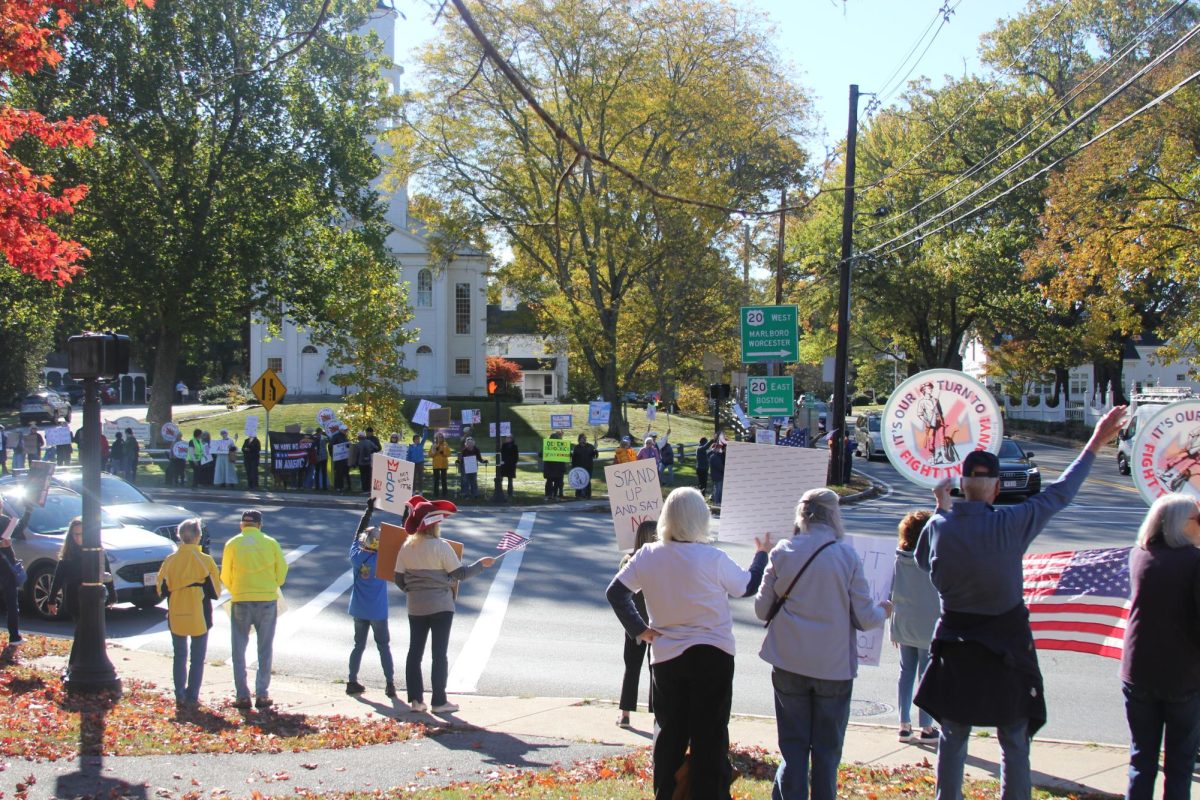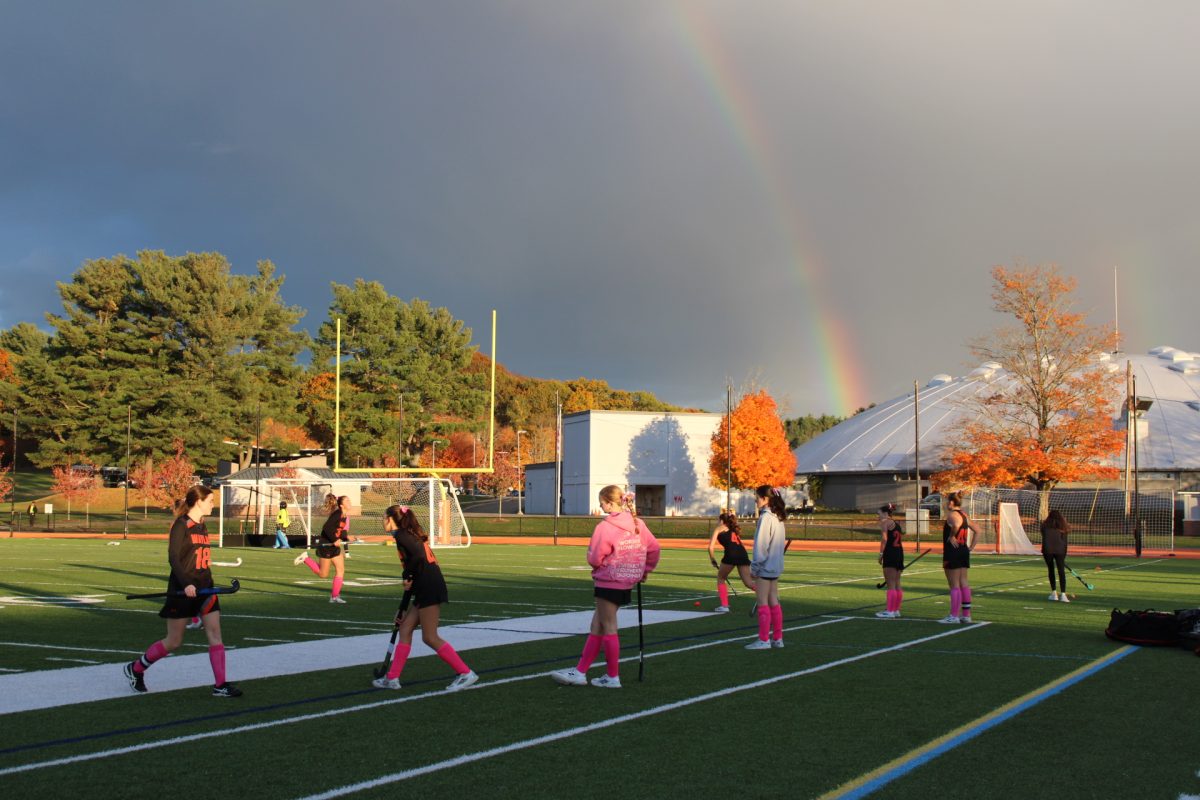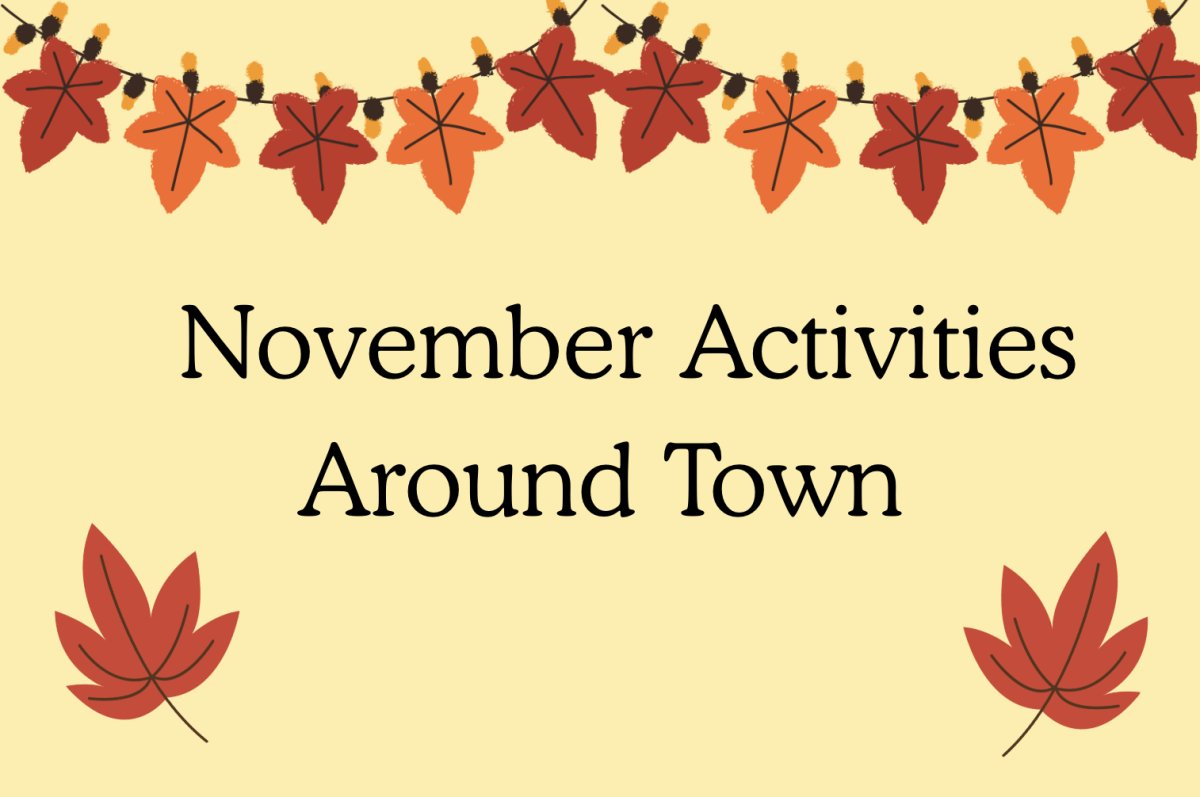Murder Hornets make their appearance in the U.S.
![Pictured are bees from junior Jay and his father Bob Provost's hive. "“In terms of us being worried about [the Murder Hornets] infecting our bees today, we are not worried,” Bob Provost said.](https://waylandstudentpress.com/wp-content/uploads/2020/05/Screen-Shot-2020-05-16-at-8.09.04-PM.jpeg)
Credit: Courtesy of Jay Provost
Pictured are bees from junior Jay and his father Bob Provost’s hive. ““In terms of us being worried about [the Murder Hornets] infecting our bees today, we are not worried,” Bob Provost said.
May 19, 2020
Recently, the Giant Asian Hornet reached the United States for the first time in history. These dangerous bees are nicknamed “Murder Hornets” for the threat they pose with their poisonous venom and intimidating stingers.
“I am definitely scared of the hornets, but I have never been stung by a bee, so hopefully I can keep that luck,” freshman Charlotte Thirman said.
Many people are concerned about the dangers that come with this species of hornet since they are known to be deadly. In Japan, 50 people a year die from the sting of murder hornets, which has some U.S. citizens wondering how the hornets’ presence will affect the population here.
Junior Jay Provost has grown up working with his father in the honey business. Together, they have a colony of bees.
“I don’t think they are going to affect people too much right now,” Jay Provost said. “They are [still] pretty rare on the west coast.”
According to this article on Prevention, the hornets aren’t very difficult to recognize due to their size, ranging from 1.5-2 inches long. For coloring, they are striped orange or yellow and black, and they have large eyes.
“[The hornets] are quite terrifying and large,” Jay Provost said. “But there isn’t a lot we can do about them at the moment.”
Experts predict the hornets will make it to the east coast within the next three years. However, their arrival could come much sooner. Scientists say it might only take one or two hornets getting stuck in a car heading eastward to take the hornets to this side of the country.
“We’re concerned by the fact that [the hornets] will make their way east at some point,” beekeeper Bob Provost said. “They arrived on the west coast on container ships from Asia, and these things do travel – they’ll attach to rail cars and whatnot.”
Many are scared by the name, but murder hornets aren’t as bad as they seem for humans. According to this New York Post article, their sting hurts a considerable amount, but they are unlikely to attack unless provoked. A common misconception is that a single sting will be fatal, but unless it causes anaphylactic shock, this is highly unlikely. The hornets do, however, pose a significant threat to honey bee populations.
“I think it’s very bad because hornets can easily destroy their hives, and we need honey bees to pollinate,” Thirman said.
The hornets have been known to eat honey bees and destroy honey bee colonies for food. They are carnivorous insects and have been known to go after birds when necessary.
“We’re not very concerned about [the hornets] at the moment because they are on the west coast,” Jay Provost said. “And, there is not a lot of research about them and what to do with our [bee] colony.”
Bees play a vital role in the ecosystem as pollinators, and they are farmed for honey. The Giant Hornet, like many other invasive species, pose a threat to the environment, as well as to beekeepers trying to grow their colonies.
“In terms of us being worried about [the hornets] infecting our bees today, we are not worried,” Bob Provost said. “[Right now] we are more worried about existing threats.”




























